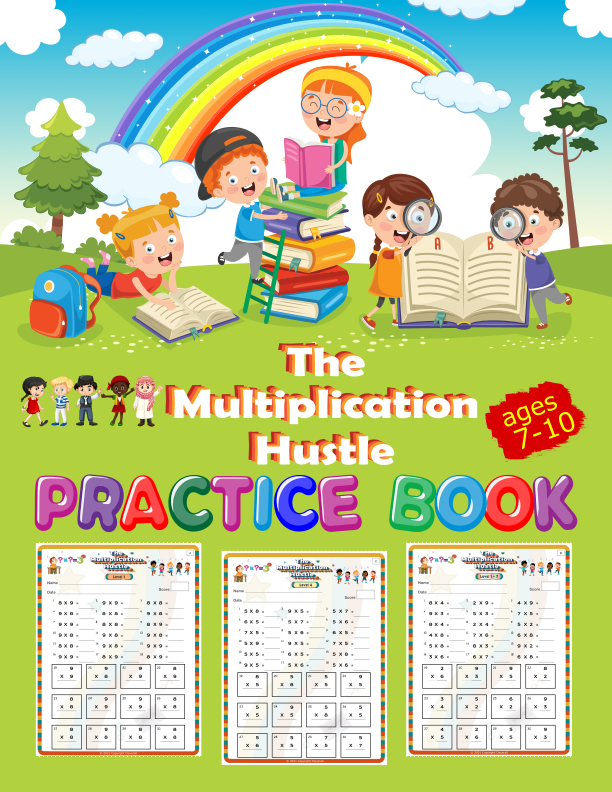The Pros and Cons of a 4-day School Week
There are pros and cons to having a 4-day school week. On the plus side, students would have more time to complete homework and participate in extracurricular activities. They would also have more time to sleep, which is important for growing children. On the downside, there would be less time for teachers to cover all of the material in their classrooms. This could lead to students feeling overwhelmed when they have to take tests or do other assignments.
Begin with Best All-Around Teaching Practices
As a teacher, you have the ability to make each day count for your students. By maximizing student learning daily, you can ensure that their academic and personal growth never stagnates. Here are some tips on how to do just that:
- Create a positive learning environment. Your students should feel comfortable and safe in your classroom so that they can focus on learning.
- Plan engaging lessons. Students will be more likely to learn if they are actively engaged in the material. Make sure your lessons are interesting and interactive.
- Encourage critical thinking. Help your students think critically about the material they are learning by posing questions and encouraging discussion.
- Assess progress frequently. Keep track of your students’ progress so that you can adjust your teaching accordingly. This also lets students know that you are invested in their success.
- Provide feedback regularly. Give your students constructive feedback on their work so that they can improve.”

How to Effectively Hold a 4-day School Week
Assuming that a 4-day school week means Monday-Thursday, there are a few key things to keep in mind in order to make the most of this schedule.
There’s no doubt that teachers have a lot on their plate. But with a little bit of creativity, they can make each day count in a 4-day school week. In a 4-day school week, each minute has to count. Teachers and students can’t afford to waste any time on activities that don’t directly contribute to student learning.
Teachers should focus on three key areas: instruction, assessment, and planning.
Instruction is the core of what teachers do. In a 4-day school week, teachers need to be especially clear and concise in their teaching. They should avoid lengthy lectures and instead focus on interactive activities that engage students and promote learning.
Assessment is also critical in a 4-day school week. Teachers need to constantly assess student understanding to ensure that they are making progress. This can be done through informal questioning during class, as well as more formal assessments such as quizzes and tests.
Planning is essential in a 4-day school week. Teachers need to carefully plan their lessons so that they are using their time effectively. This includes planning for transitions between activities and incorporating different types of activities into each lesson (e.g., whole-class instruction, small groups, individual work). By taking the time to plan carefully, teachers can make the most of a 4-day school week and ensure that their students are successful learners.
Other tips to help teachers make each minute count are:
- Start the day off right by being prepared and organized. This will set the tone for the rest of the day and help you stay on track.
- Be aware of time management techniques and use them to your advantage. Every minute counts, so you need to use your time wisely.
- Plan your lessons carefully and don’t waste time on activities that aren’t necessary. Every lesson should have a purpose and be engaging for your students

Putting it altogether… here is a suggestion for a weekly plan:
Monday: Start the day with a review of the previous week’s material. This will help students remember what they’ve learned and give them a better foundation for the new week.
Tuesday: Devote the day to exploring a new topic.
Wednesday: Use for catch-up or extra practice on anything that’s giving students trouble.
Thursday: End the week with a fun activity or lesson that will get everyone engaged and excited about learning next week’s activity.
No matter what teachers do each day, the important thing is to make sure that every minute is used wisely and effectively. By doing this, they can ensure that their students are getting the most out of their education – even in a shorter school week.
What are the Benefits of a 4-day School Week?
There are a few benefits to having a 4-day school week.
One is that it can help with student retention rates. A study done in Colorado showed that after switching to a 4-day schedule, the district saw a decrease in the number of students who were chronically absent.
It gives students more time to focus on their studies and homework outside of school. Students will have more time to utilize online tools to help support learning. This can lead to better grades and fewer behavioral problems in the classroom.
It allows teachers to have more time to prepare for their classes and meet with individual students. This can result in higher-quality instruction and more engaged students.
A 4-day school week can also save money for schools by reducing energy costs and other expenses. Finally, it can create a better work-life balance for both students and teachers, leading to happier and healthier people.

What are the Disadvantages of a 4-day School Week?
There are a few potential disadvantages of having a 4-day school week.
One disadvantage is that there is less time for instruction. This means that teachers have to be very efficient with their time and cover all the necessary material in a shorter amount of time. This can be challenging, especially for newer or less experienced teachers.
Another disadvantage is that there is less time for extracurricular activities, such as sports, clubs, and other after-school programs. This can be disappointing for students who enjoy these activities and rely on them for socialization and fun.
Finally, a 4-day school week can be disruptive to families who have to make arrangements for child care on the days when school is not in session.
Overall, there are some potential drawbacks to having a 4-day school week, but it ultimately depends on how it is implemented and what the specific needs of the students and families are.

How to Make the Transition to a 4-day School Week
The length of the school day and week are determined by state legislatures and local school boards. In some states, the length of the school day is dictated by law, while in others, it is left up to individual districts. The majority of schools in the United States operate on a 5-day schedule, with weekends off. However, a growing number of schools are moving to a 4-day schedule in order to save money on transportation and energy costs, as well as to give teachers more time for professional development.
If your school district is considering making the switch to a 4-day school week, there are a few things you need to do in order to make the transition effectively.
First, consult with your faculty and staff to get their input on the change. It’s important that everyone is on board with the change before it’s implemented.
Next, develop a plan for how the shorter week will be structured. Will classes be longer each day? Will there be additional days off throughout the year? Once you’ve developed a plan, communicate it clearly to parents and students.
Finally, make sure you have adequate staffing in place to cover all of the subjects being taught during the shorter week.
Making the switch to a 4-day school week can be a big change for everyone involved. But if you take the time to plan ahead and involve all stakeholders in the process, it can be a successful transition for your school district. Take a look at a Missouri School District which will be making the transition to a 4-day week for the 2023-2024 school year.
Conclusion
Holding a 4-day school week can be challenging, but with the right planning and dedication, it is possible to achieve success.
The key to making it work is creating an effective plan that outlines clear goals and objectives for both teachers and students so that everyone understands what needs to be accomplished in order to make the most of their time. By utilizing educational technology along with providing extra support such as tutoring services or online resources, schools can ensure that all students have access to necessary learning materials regardless of the day they attend classes.
With careful implementation, a 4-day school week could become the new norm amongst educators around the world!


